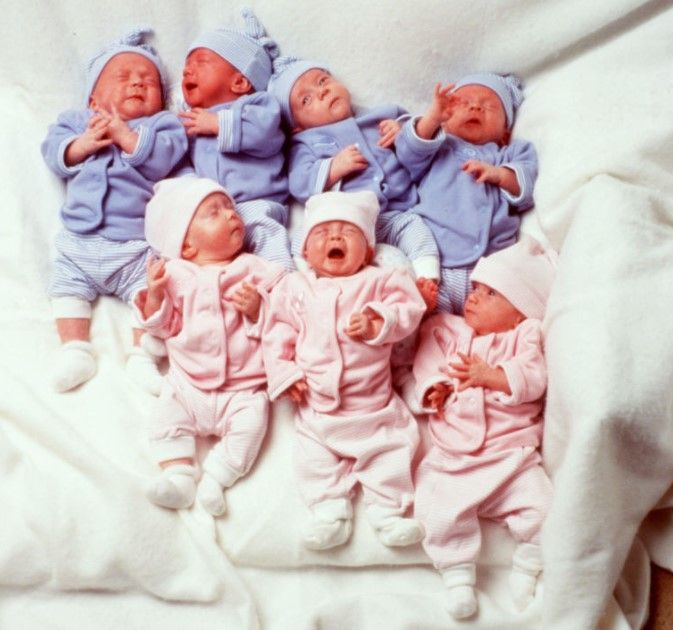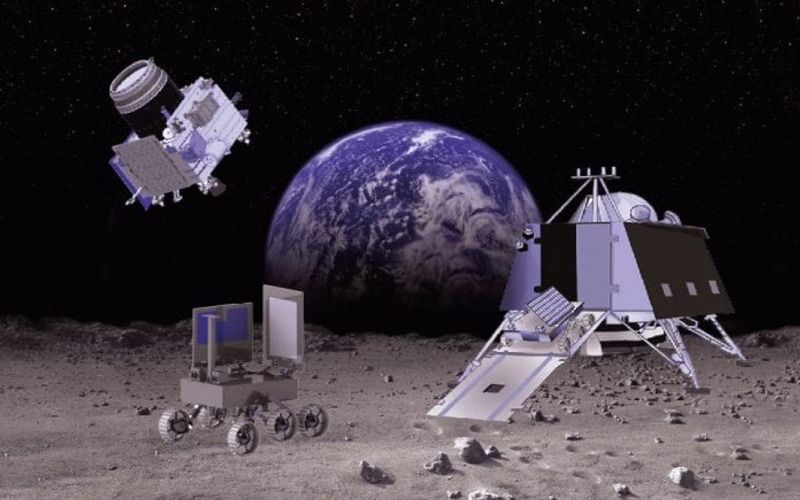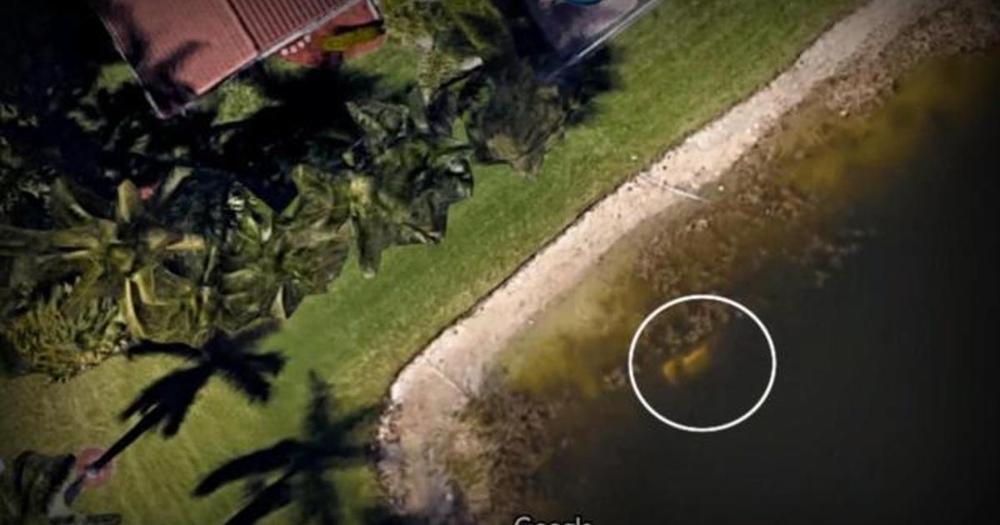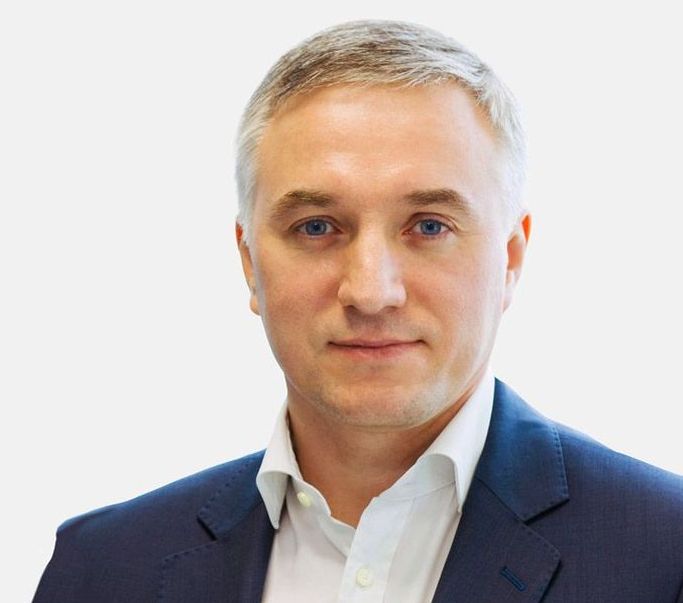‘Healthy Life Extension / Physical Immortality – the mass possibility ‘is presented as ’a symphony of voices’.
INTRODUCTION
Throughout the ages, pioneers have been questioning the accepted belief systems of the populace, and producing major evolutionary leaps: “The Earth is the centre of the Universe” gave way to the understanding that the earth revolves around the sun. “The Earth is flat” fell away when Columbus did not fall over the edge. The Wright Brothers also flew us into another reality as have countless others. I will be suggesting in the words to follow that the belief system “physical death is inevitable” may have a similar fate.








